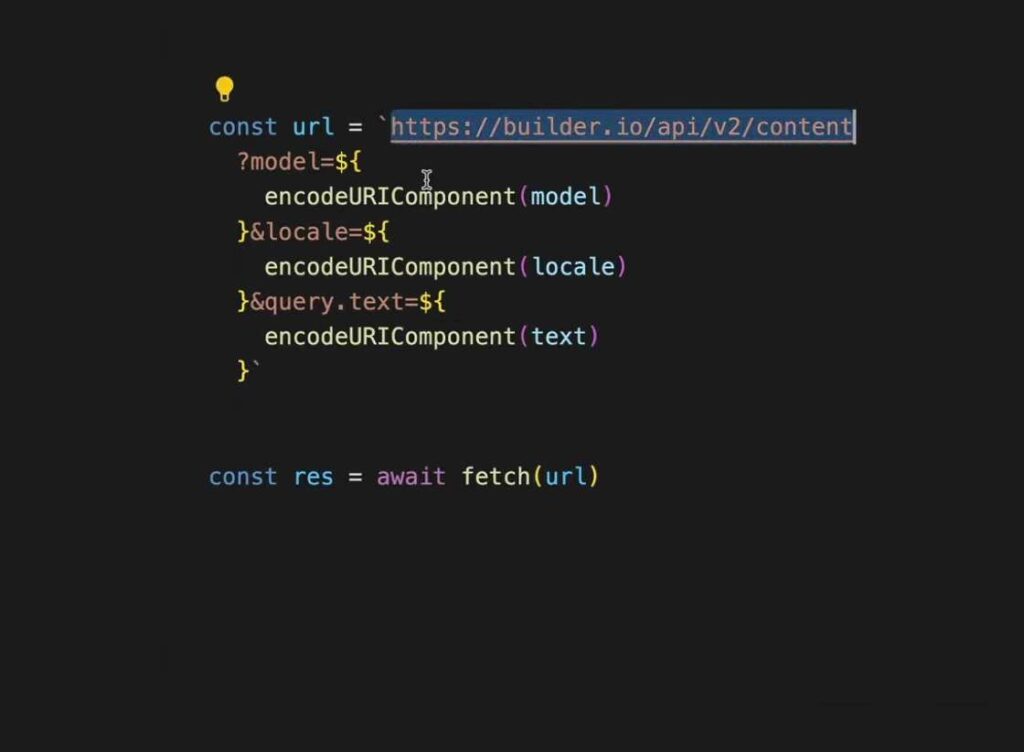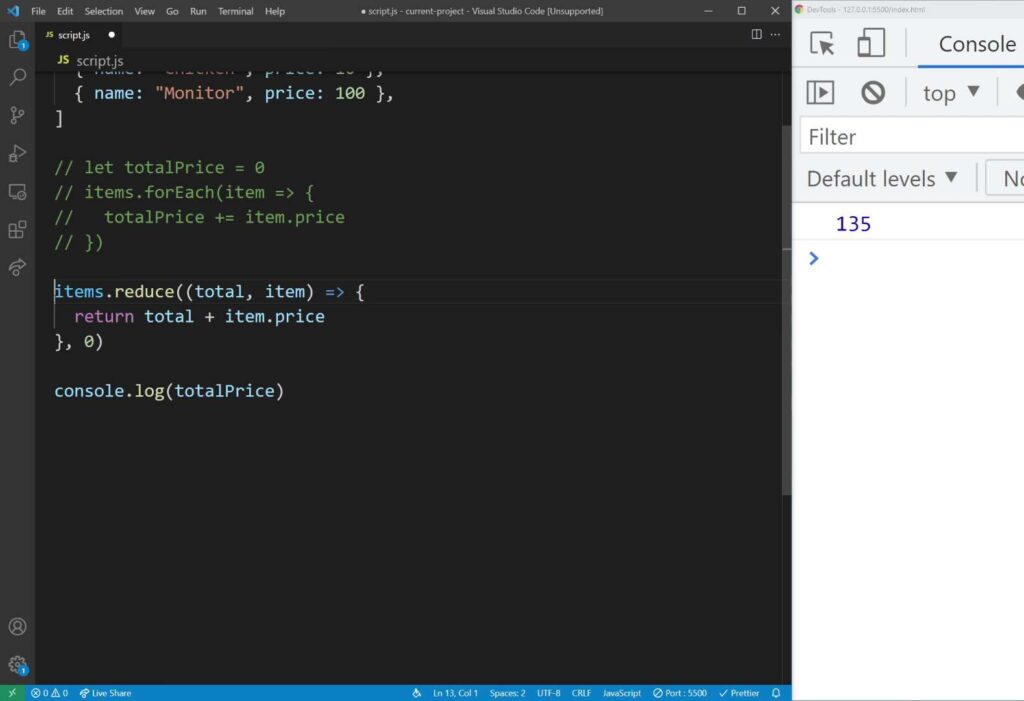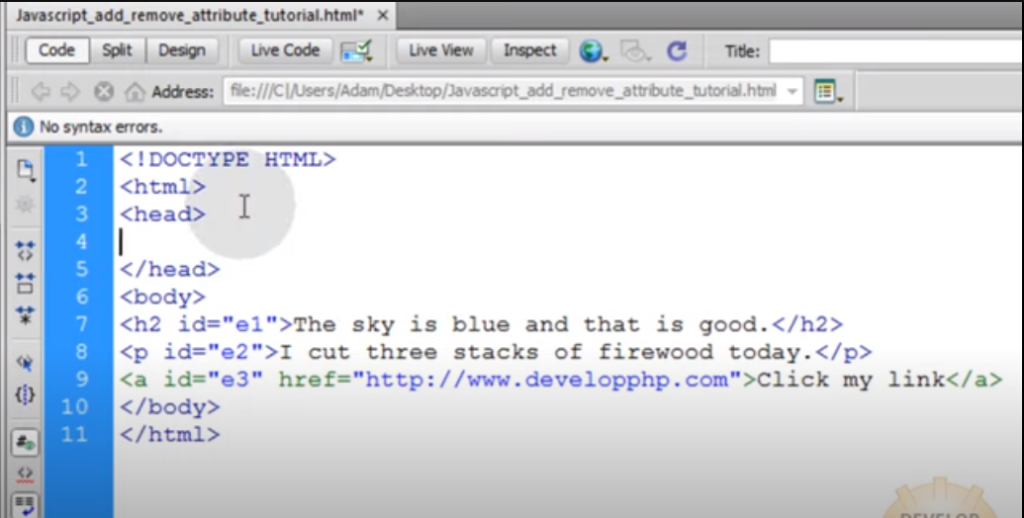
Initializing arrays in JavaScript is a fundamental task, and there are various techniques to choose from, each with its own set of considerations. In this article, we explore the different methods for initializing arrays, their advantages, and when to use them effectively. Array() Constructor The most straightforward way to create an array is by using …

Frequently, in the realm of JavaScript, there arises the necessity to forge a URL, whether it be for the purpose of soliciting a resource or guiding the user towards a different destination. Although this might appear to be a straightforward endeavor, delving into the intricacies of URLs reveals a multifaceted landscape, one that demands meticulous …

When dealing with JavaScript arrays, a frequently encountered query pertains to the process of clearing an array and eliminating all of its elements. Interestingly, there exist several approaches to achieve this task, each carrying its own set of advantages and disadvantages. Clearing an Array: Methods and Implications 1. Utilizing an Empty Array Initialization Arrays offer …

Have you ever needed to remove all attributes from HTML using JavaScript to make web development cleaner and more optimized? In this tutorial, we’ll show you how to do it with ease. To accomplish this, we’ll leverage the powerful capabilities of JavaScript. Here’s a code snippet: This function, removeAttributes, takes an HTML element as an …

In this JavaScript tutorial, we’ll explore an uncomplicated yet highly efficient technique for transforming an ordinary string into a URL slug. In the realm of web development, “slugs” hold significant importance as they contribute to the creation of clean and search engine-friendly URLs derived from strings. These slugs enhance the readability of URLs and optimize …

JavaScript is a versatile programming language that provides developers with a wide range of tools for working with strings and manipulating data. When dealing with web development and handling URLs, you often need to encode and decode special characters to ensure data integrity and security. Two commonly used functions for this purpose are encodeURI() and …

JavaScript is a versatile and dynamic programming language widely used for web development. One common task in JavaScript is converting objects into different data structures for various purposes. One such conversion is transforming objects into maps. In this article, we will explore why you might want to convert objects to maps, how to do it, …

Learn how to efficiently replace or append values in a JavaScript array using the spread operator and Array.prototype methods. This comprehensive guide covers the process of creating a shallow copy of an array, finding the index of elements, and performing replacements or appends with ease. Boost your coding skills and optimize your arrays today! Array …

In the transformation of a comma-separated values (CSV) string into a 2D array, the following steps are employed: 1. Detection of the Newline Character – Utilize Array.prototype.indexOf() to identify the initial occurrence of the newline character (\n). 2. Removal of the Title Row (if specified) – Use Array.prototype.slice() to eliminate the first row (commonly known …

JavaScript, the versatile language powering the web, offers various ways to iterate through data. Among these, the for…in, for…of, and forEach loops are essential tools for handling collections and arrays. In this comprehensive guide, we will explore the differences between these loops, when to use them, and why they matter in modern JavaScript development. The …